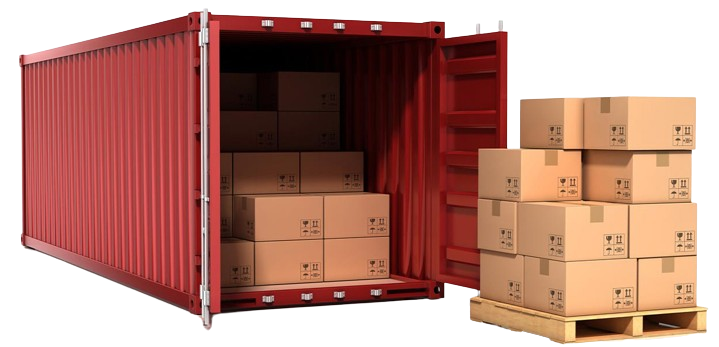Introduction
The terms "MUST," "MUST NOT," "REQUIRED," "SHALL," "SHALL NOT," "SHOULD," "SHOULD NOT," "RECOMMENDED," "MAY," and "OPTIONAL" in this document are defined as per RFC 2119.
Overview
Porto is a modern software architectural pattern providing a robust framework of guidelines, principles, and patterns. It is designed to facilitate the creation of software that is scalable, maintainable, and reusable. Porto allows you to start with a clean monolith and expand to microservices as needed, thanks to its modular structure which facilitates easy scaling and separation of concerns. Its adherence to the single responsibility principle enhances its integration with AI tools like GitHub Copilot, aiding in feature development, debugging, and more.

Foundation
Porto is grounded in established architectural concepts such as Domain Driven Design (DDD), Modular, Micro Kernel, Model View Controller (MVC), Layered, and Action Domain Responder (ADR). It supports principles including SOLID, OOP, LIFT, DRY, CoC, GRASP, Generalization, High Cohesion, and Low Coupling. These principles ensure that systems built with Porto are not only maintainable and scalable but also straightforward and comprehensible.
Concepts
The Porto architecture consists primarily of Layers and Components.
- Layers: The foundational divisions within Porto, specifically the Containers and Ship layers, dictate the structural organization of the code.
- Components: Defined as either Main or Optional Components, they outline the functionalities and responsibilities within the architecture. A detailed exploration of the components and their principles follows in subsequent sections.
Refer to the cargo ship image for a visual representation of the layer relationships: Containers are like cargo containers, relying on the Ship layer (the cargo ship), which, in turn, depends on the underlying Framework (the ocean). When you open a container, you'll see well-organized boxes representing your components (AKA files or classes). Ultimately, your application's code floats atop a sea of code, from runtime environments to the operating system, down to the BIOS (deep ocean).
Benefits
Porto's architectural pattern is strategically designed to facilitate scalability, enabling applications to efficiently adapt and grow with increasing demands. The pattern supports reusability, allowing components to be leveraged across multiple projects, which enhances development speed and consistency. Additionally, Porto prioritizes maintainability, providing clear guidelines that simplify system updates and upkeep, ensuring long-term performance and stability.
Suitability
Porto is particularly well-suited for medium to large-sized backend web applications. Its architectural principles support scalable development and effective management of diverse projects, enabling the reuse of business logic and features across multiple frameworks.

Note: Initially an experimental solution for common backend development challenges, Porto has evolved into a widely adopted architecture, valued for its scalability and maintainability. Your feedback and contributions are always welcome.